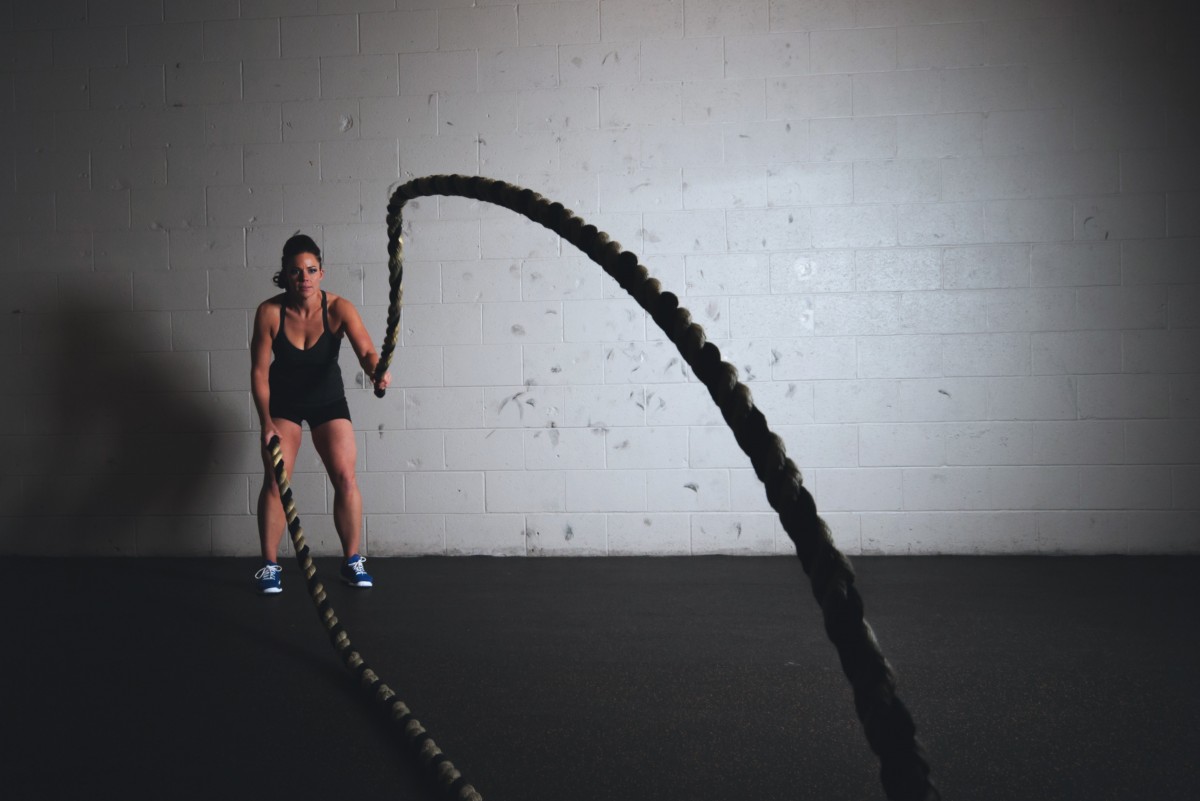Injury prevention exercises (so called “prehab” exercises) are the rage in strength and conditioning. This is a great approach in a personal training setting or in a high performance facility with a small athlete to coach ratio. This is problematic in a team setting where training time is very limited and there may be 20-100 athletes exercising at one time.
Typically, injury prevention exercises address one of several areas:
- The shoulder (i.e. rotator cuff strengthening exercises)
- The lower back
- Landing mechanics when jumping
- The hamstrings
- Shin splints
- The ankle
First, let’s look at the shoulder. To put it mildly, not only is the shoulder a complex joint but it’s a very crowded space. Combine that with the fact that many people feel that more is better. Often shoulder issues result from a combination of structural issues (can’t do much about that), overuse, and weakness.
One thing we all need to prevent shoulder issues is a balanced strength and conditioning program. That means a lot of rotator cuff and scapula exercises right? Wrong. That means focusing on the back of the body as much as we focus on the front. Many strength and conditioning programs are pressing dominant, with very few pulling exercises. So the first thing to address is to make sure that every pressing exercise has a pulling one to balance it out. A second thing we need are variations of the Olympic lifts (pulls, high pulls, cleans, snatches). Combine these, and you’ve addressed a lot of problems.
Below is an example of a week in a program that I would write for off-season strength and conditioning:
Day One (heavy day):
Back squats
Romanian deadlifts
Bench press
Bent-over rows
Day Two (power day):
Power snatch
Clean pull + power clean
Push jerk
Day Three (off)
Day Four (hypertrophy, upper body):
Incline press
Dips
Pull-ups
One-arm dumbbell rows
Front/side/rear lateral raises
Day Five (lower body hypertrophy):
Split squats
Lunges
Good mornings
Reverse hyperextensions
So, balanced programs are important.
Another thought with this is that often we can address issues with the right fundamental exercises. In other words, instead of “prehab” exercises just doing to right fundamental exercises will get you the injury prevention benefits that you want. For example, with the hamstrings incorporating Romanian deadlifts, goodmornings or other hip extension exercises can help to prevent those hamstring strains that sprinting athletes experience.
Now, let’s say that rotator cuff exercises are going to be needed. First, keep in mind that these exercises are meant to be high volume exercises with a very small load. Performing them with extremely heavy weights is going to create the problems you are using the exercises to prevent. Second, a lot of this can be incorporated into a comprehensive warm-up without devoting a lot of training time to it.
Core training, lower back exercises, hamstrings, drills where you work on sticking the landing in a jump, shin strengthening, and ankle exercises all fit great into a warm up. Below is an unorthodox take on all of that and a sample circuit:
Jump rope
Plank
Kettlebell swings
Side plank
Heavy rope jumping jacks
Lunges
Squat jumps (stick the landing)
Inchworms
Ankle hops
The circuit above addresses just about everything that we’re concerned with and serves as a great, comprehensive, general warm-up before a strength training session.
Obviously if an athlete has an injury history, then we’re going to approach things differently. But for the majority of athletes, I don’t know that we’re making the best use of their time, especially in a team setting, by overloading them with prehab exercises.



